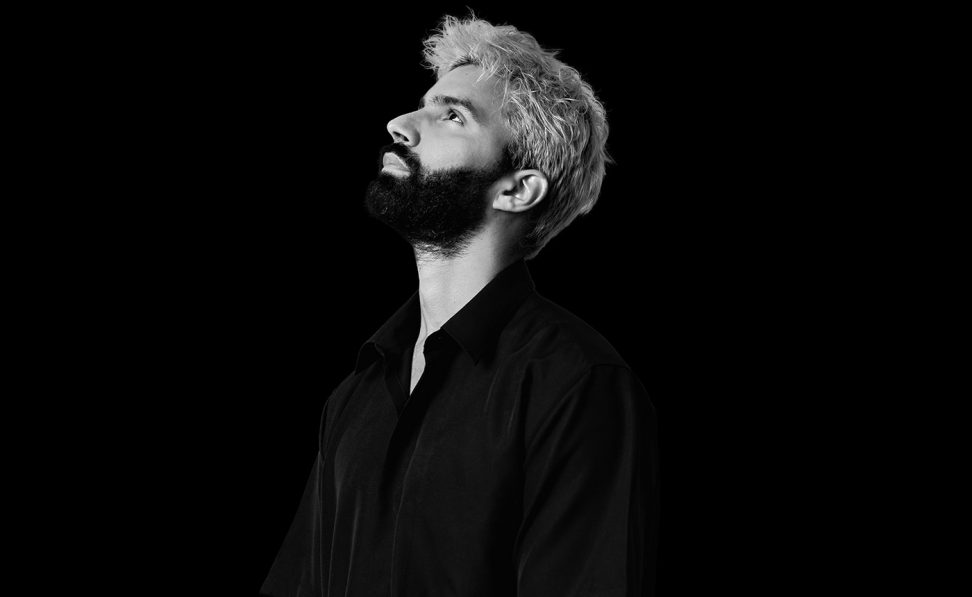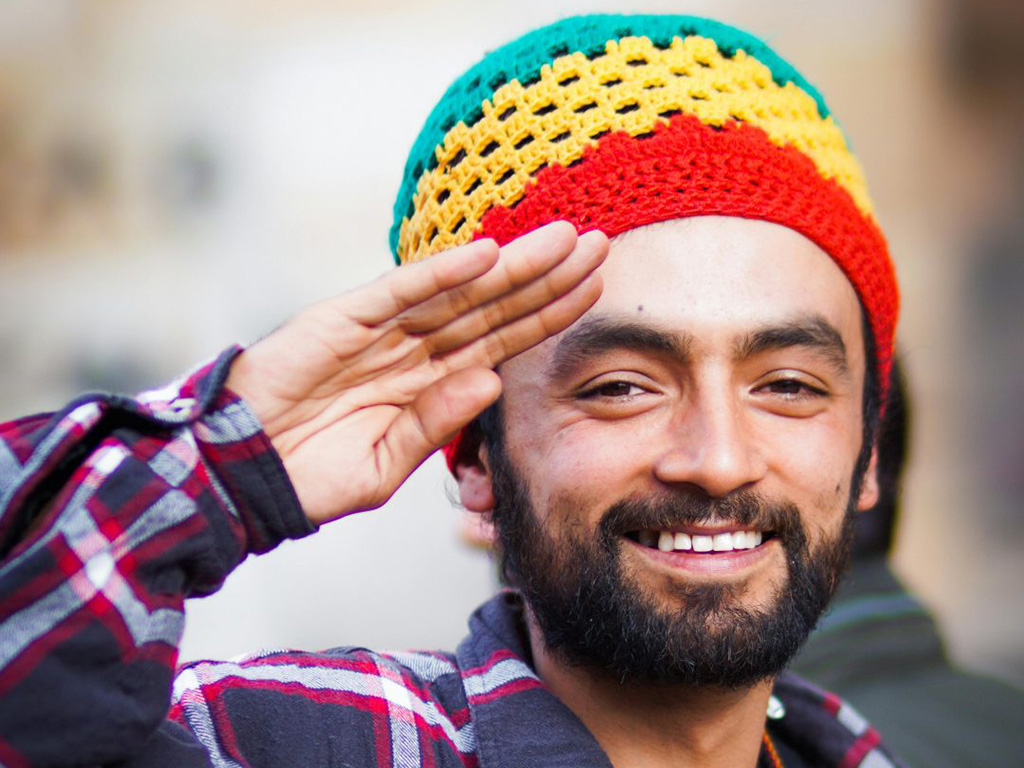
The world of music has seen countless transformations, but perhaps no genre has evolved as dramatically as electronic dance music (EDM). What once lived in the shadows of the underground has now become a global sensation, with DJs rising to prominence as the main architects of this movement. These talented individuals have transformed what was once an obscure craft into a powerful cultural force, changing the face of music festivals, nightlife, and pop culture.
The Origins of the DJ Culture: A Brief Look at the Underground
In the early days, DJs were not the superstars they are today. The rise of DJ culture can be traced back to the late 1970s and early 1980s when underground dance parties—especially in cities like New York, Chicago, and Detroit—provided a breeding ground for innovation. In these dimly lit clubs and warehouses, DJs weren’t seen as performers in the way musicians were; instead, they were curators of the party, guiding the mood through their deep crates of vinyl records.

House music, techno, and hip-hop were the soundtracks of these gatherings, and DJs like Frankie Knuckles in Chicago and Juan Atkins in Detroit were pioneers in shaping this new sonic landscape. It was an exciting time, one marked by creativity and community. Yet, for all its cultural significance, it was still largely hidden from the mainstream. DJs were more interested in honing their craft and pushing the boundaries of sound than chasing fame.
The 1990s: The Emergence of Global Dance Culture
The 1990s marked the beginning of a major shift. What started as a grassroots movement began to spread beyond its underground origins and into the global consciousness. Europe, in particular, became a hotspot for electronic music, with cities like Berlin, Ibiza, and London becoming meccas for the rave scene. The introduction of new technology—specifically, the rise of digital sampling, synthesizers, and drum machines—gave DJs the tools to explore new soundscapes.
Some of the most influential DJs of this era, such as Carl Cox, Sven Väth, and Paul Oakenfold, were instrumental in bringing the underground to a larger audience. While they still maintained credibility with the hardcore dance crowd, their appeal started to reach more mainstream listeners.
Raves and festivals began to explode during this decade, offering an inclusive, euphoric experience that drew in massive crowds. Events like the Love Parade in Berlin and Creamfields in the UK played crucial roles in fostering a global dance culture that revolved around DJs. These festivals became the ideal platform for DJs to showcase their talents on a grand scale.
Crossing Over: DJs as Headliners and Superstars
By the 2000s, the seeds planted in the previous decade began to bear fruit. DJs were no longer confined to dark, smoky clubs or after-hours warehouse parties; they were stepping into the spotlight, becoming headliners at some of the world’s largest music festivals. The rise of digital platforms like Napster, iTunes, and later, SoundCloud and Spotify, further accelerated this shift, allowing DJs to reach global audiences like never before.
One of the key figures during this period was Tiësto. Known for his ability to mix uplifting trance with mainstream appeal, Tiësto helped to cement the DJ as a global icon. His 2004 performance at the Athens Olympics was a turning point, showcasing the power of electronic music on one of the world’s biggest stages. It was a clear signal that DJs were more than just background figures—they were stars in their own right. 
The explosion of the internet also gave rise to an entirely new breed of DJ, one who was not just a master of the decks but also a savvy marketer. DJs like David Guetta and Calvin Harris harnessed the power of online platforms to build massive followings. Their collaborations with pop and hip-hop artists bridged the gap between EDM and mainstream music, bringing DJ culture to radio stations, commercial hits, and TV screens across the world.
The Rise of EDM: A Global Phenomenon
The early 2010s were dominated by Electronic Dance Music (EDM), a term that encapsulated a wide variety of electronic genres but was most commonly associated with big, bombastic beats designed for massive festival crowds. EDM festivals like Electric Daisy Carnival (EDC) and Tomorrowland became global spectacles, drawing hundreds of thousands of fans each year. These events were more than just concerts; they were multi-day experiences where the DJ was the central figure.
During this time, DJs like Avicii, Deadmau5, and Swedish House Mafia became household names. Their tracks, with anthemic choruses and pulsating drops, became the soundtracks to everything from commercials to movie trailers. Avicii’s “Levels” became a cultural touchstone, symbolizing the peak of the EDM movement. The young Swedish DJ’s meteoric rise and tragic passing also highlighted the intense pressure that came with being at the top of this rapidly growing genre.
The role of the DJ had now fully transitioned from party starter to global celebrity. DJs were commanding the kind of fees that were once reserved for rock stars, headlining festivals, and launching global tours. Forbes even began ranking the highest-paid DJs, a clear sign of the genre’s commercial viability. Calvin Harris, who collaborated with artists like Rihanna and Dua Lipa, topped the list multiple times, earning tens of millions each year.
Technology’s Role in Elevating DJs
As the demand for DJ-driven events skyrocketed, so too did the technology that powered the music. Gone were the days of carrying crates of vinyl from gig to gig. Today, DJs have access to an array of digital tools that allow for unprecedented creativity and flexibility.
The introduction of digital DJ software like Traktor and Serato revolutionized the way DJs perform, enabling them to blend tracks, manipulate sounds, and create remixes on the fly. Controllers and samplers have allowed DJs to bring more of a live performance element to their sets, blending the lines between DJing and live production.
Beyond the technical aspects, social media and streaming platforms have played a significant role in elevating the profile of DJs. Instagram, YouTube, and Twitch have become powerful tools for DJs to connect with their audience, while Spotify and Apple Music playlists have introduced millions of new listeners to their sound.

The accessibility of music production software like Ableton and FL Studio has also democratized the process, allowing bedroom producers to rise from obscurity to global fame, as seen with artists like Martin Garrix. His breakout hit “Animals” was produced when he was just 17, a testament to how technology has opened doors for a new generation of talent.
The Current Landscape: DJs as Cultural Icons
Today, DJs are cultural icons whose influence extends far beyond the dancefloor. They collaborate with fashion brands, star in advertising campaigns, and even lend their names to charitable causes. DJs like Diplo, Skrillex, and The Chainsmokers have become household names, with their reach extending well beyond the music industry.
Moreover, the COVID-19 pandemic showcased how adaptable the DJ community could be. When festivals and clubs were shut down, many DJs turned to live streaming to reach their fans. Virtual events like United We Stream and Tomorrowland’s virtual festival allowed DJs to continue performing for global audiences from the comfort of their own homes.
Female DJs are also increasingly gaining recognition, breaking into a traditionally male-dominated scene. Artists like Nina Kraviz, Charlotte de Witte, and Peggy Gou are pushing boundaries and proving that the future of DJing is more inclusive than ever.
The Future of DJ Culture
As we look to the future, the trajectory of DJ culture seems brighter than ever. The rise of immersive technologies like virtual reality and augmented reality promises to redefine the live music experience, with DJs likely to be at the forefront of this evolution. Blockchain and NFTs are also becoming significant players, with DJs experimenting with these technologies to release exclusive tracks and create unique fan experiences.
While the music landscape will continue to evolve, one thing is certain: DJs will remain at the center of it all. What began in the underground has blossomed into a global phenomenon, and the world’s best DJs are not only shaping the present of music but also defining its future.
As long as there are dance floors, digital spaces, and a desire to connect through music, the rise of DJs will continue to captivate and inspire. From underground to mainstream, the journey of the DJ is far from over.

